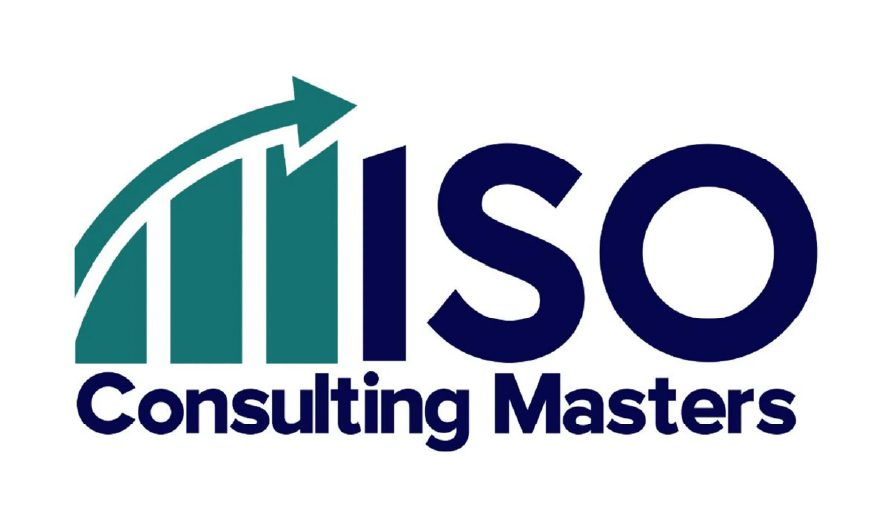Understanding NATA Accreditation: ISO/IEC 17020 vs ISO/IEC 17025
When it comes to ensuring confidence in inspection and testing services, NATA Accreditation stands as the gold standard in Australia. For businesses providing inspection, laboratory testing, or calibration services, achieving accreditation under the relevant ISO standards isn’t just about compliance — it’s about building trust, improving quality, and opening doors to new opportunities.
But what exactly is NATA Accreditation, and what’s the difference between ISO/IEC 17020 and ISO/IEC 17025? Let’s break it down.
What is NATA?
NATA (National Association of Testing Authorities, Australia) is Australia’s national body for accreditation of laboratories, inspection bodies, and other testing facilities.
Accreditation by NATA demonstrates that your organisation is competent, reliable, and internationally recognised for its technical activities.
NATA accreditation is often a requirement for government contracts, major projects, and clients who demand the highest standards of quality and technical assurance.
What is ISO/IEC 17020?
ISO/IEC 17020 is the international standard for organisations that perform inspection activities, such as site inspections, equipment inspections, or structural assessments.
Key focuses of ISO/IEC 17020:
- Technical competence of inspectors
- Impartiality and independence
- Quality assurance of inspection processes
- Reporting consistency and accuracy
Typical organisations needing ISO/IEC 17020 accreditation include:
- Engineering inspection companies
- Pressure vessel inspectors
- Building and construction inspectors
- Environmental site assessment providers
What is ISO/IEC 17025?
ISO/IEC 17025 applies to testing and calibration laboratories, whether they are performing chemical, mechanical, electrical, biological, or calibration testing.
Key focuses of ISO/IEC 17025:
- Technical competence of laboratory staff
- Validity and reliability of testing methods
- Calibration of equipment
- Management system effectiveness (similar to ISO 9001 principles)
Typical organisations needing ISO/IEC 17025 accreditation include:
- Material testing laboratories
- Environmental testing labs
- Calibration service providers
- Forensic laboratories
ISO/IEC 17020 vs ISO/IEC 17025: What’s the Difference?
| Feature | ISO/IEC 17020 | ISO/IEC 17025 |
|---|---|---|
| Applies to | Inspection bodies | Testing and calibration labs |
| Focus | Inspection process and reporting | Testing methods, accuracy, and reliability |
| Key Competence Area | Inspector skills and impartiality | Testing techniques and equipment calibration |
| Output | Inspection reports | Test/calibration reports with data |
Why Achieve NATA Accreditation?
- Win bigger projects and contracts (especially government and regulated industries)
- Build client confidence through internationally recognised credibility
- Ensure consistent quality of inspections or testing activities
- Stand out from competitors in a crowded market
- Meet regulatory and legal requirements in Australia and overseas
How We Support Your NATA Accreditation Journey
At ICM, we make the path to NATA Accreditation straightforward and achievable.
Whether you need help setting up a compliant management system, preparing for your assessment, or training your team to meet ISO/IEC 17020 or ISO/IEC 17025 requirements, our experienced consultants are ready to guide you every step of the way.
